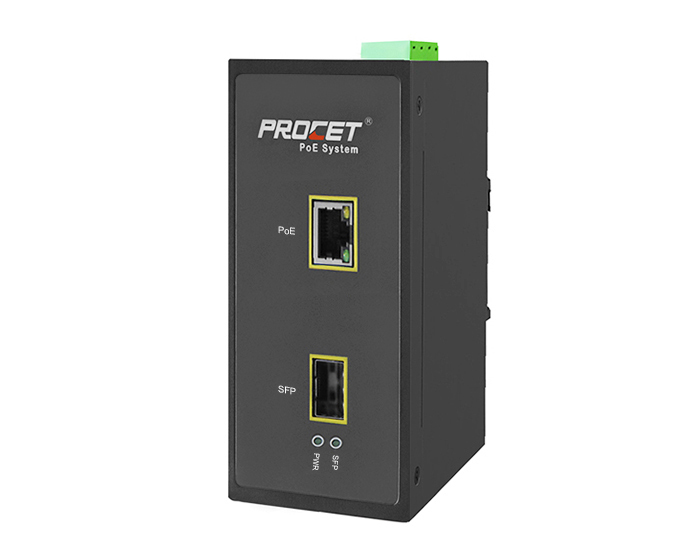Home >> News >> Product News
5G technology creates new business opportunities by providing a variety of Internet of Things (IoT) and Big Data applications that deliver advanced mobile Internet connectivity at faster speeds. Emerging applications are driving the need for active devices (PDs) to connect to Ethernet, including IP surveillance cameras, 802.11ac, and 802.11ax access points, LED illuminators, 5G small cells, and other IoT devices. Power over Ethernet (PoE) technology offers many advantages for powering these devices in 5G deployments, and the latest IEEE 802.3bt standard achieves this by pushing the power of powered devices (PSEs) to higher levels of power, up to 90 W and 71.3 W, respectively.
The challenge for the latest generation of POEs is to deploy them so that they can work with the existing two- and four-pair PDs that predate IEEE 802.3bt and support the older standards Universal PoE (UPOE) and Power over HDBaseT (PoH). The industry has now bridged this interoperability divide, ensuring that pre-standard and new IEEE 802.3bt-compliant products can share the same Ethernet infrastructure without the need to change existing switches or cables.

The main limiting factor affecting the use of PoE in new applications is the available power. While 15.4 W of power is sufficient for most IP phones and 802.11a/b/g access points, it is not sufficient to support IP video phones, 802.11n, and panoramic PTZ IP cameras. As a result, IEEE released IEEE 802.3at in 2009, specifying 30W on the PoE injector's power supply.
IEEE 802.3bt-2018-compliant PoE injectors and mid-span devices are installed between the PDs and existing switches, enabling users to power any combination of pre-standard and IEEE 802.3bt-2018-compliant PDs. The availability of single and multi-port options enables new IEEE 802.3bt-compliant switches to power pre-standard PDs.
Today, higher power is required to support other devices connected to Ethernet networks, such as PTZ security cameras, kiosks, POS terminals, thin clients, 802.11ac and 802.11ax access points, small cells, and connected LED lighting, all of which can benefit from PoE. To address this need, the new IEEE 802.3bt standard increases the maximum available PoE power by leveraging all four pairs of structured cabling. 802.3bt extends the initial exchange of power classification information to provide additional power management capabilities, support for multiple PoE classes, and backward compatibility. These enhancements address the challenges of higher power and more efficient PoE delivery systems.
Previous: How to Choose a PoE Switch?